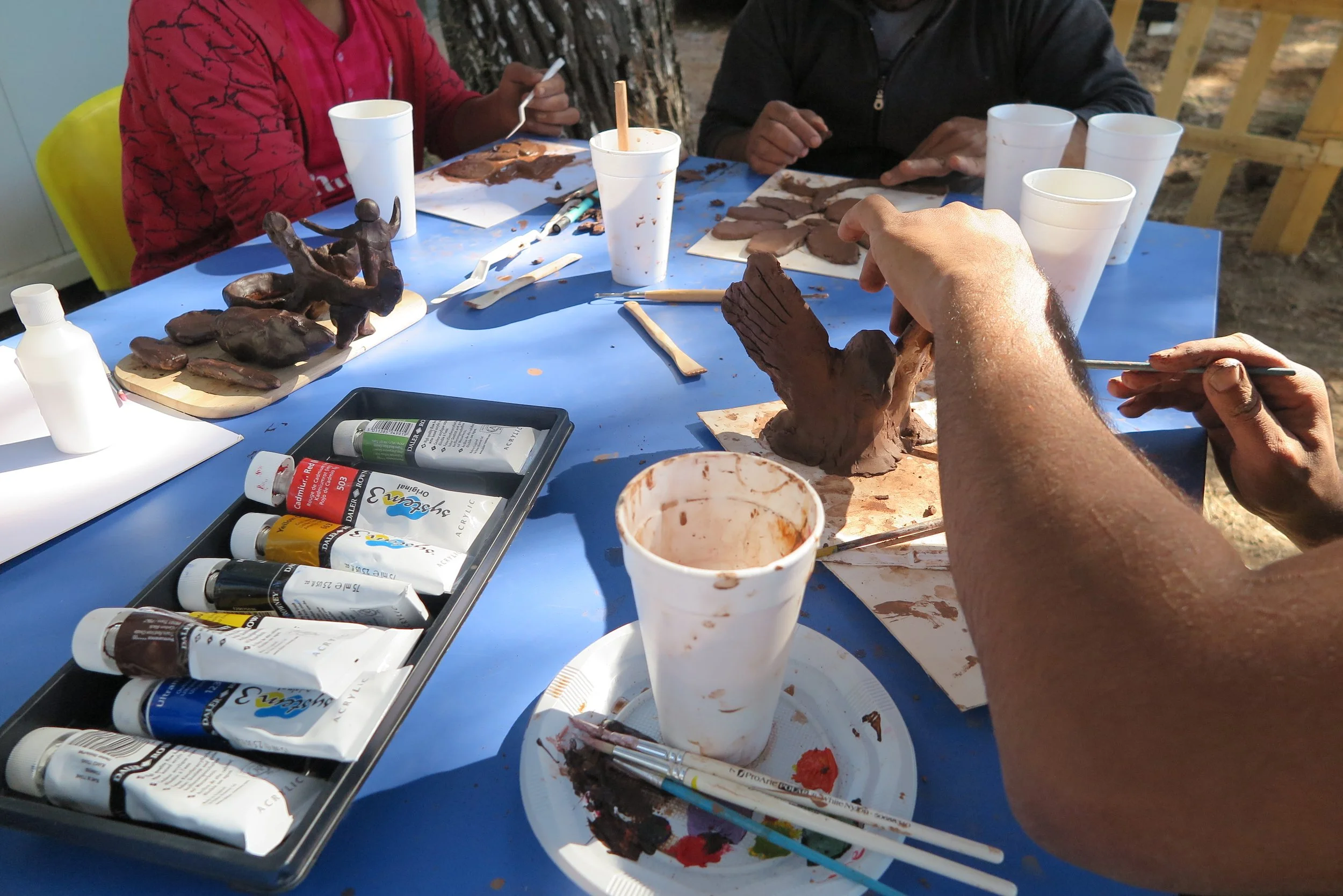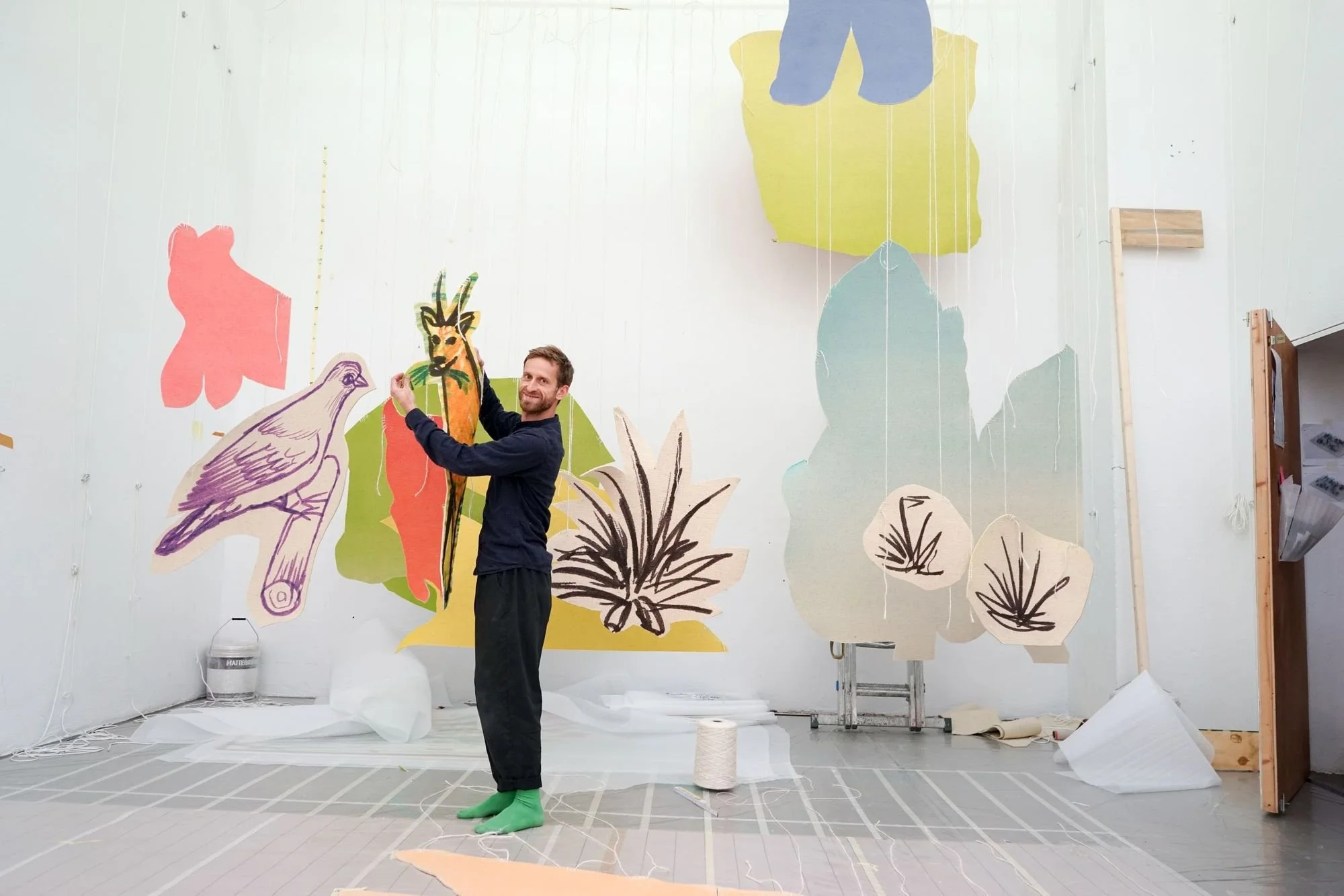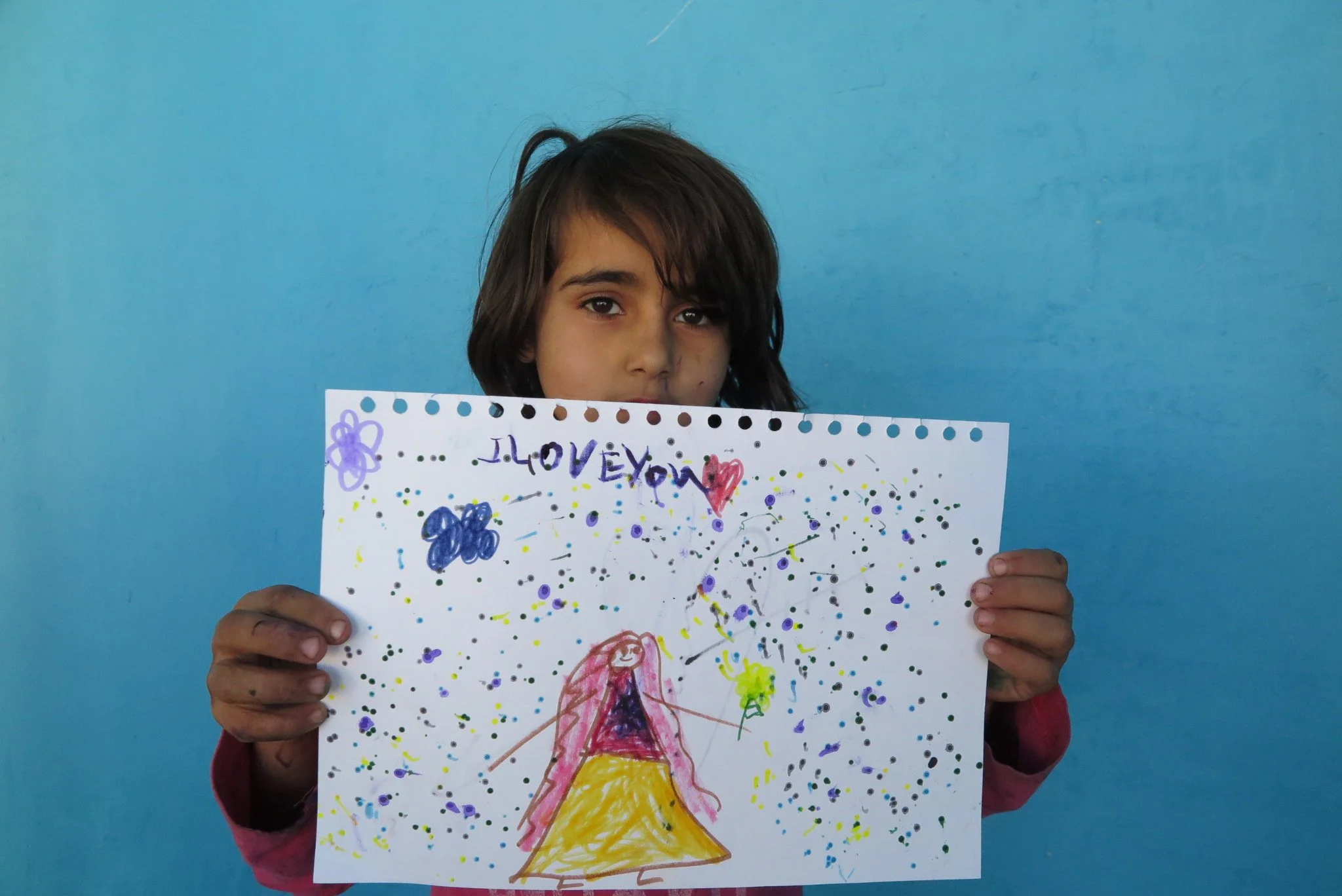Art: Providing Light in the Dark
In dark times, the arts play a vital role in restoring hope, bringing people together and spreading urgent messages.
Experiencing stories through an art form can make it much easier for us to process difficult subject matters. As the arts are known to evoke emotion, it can be much more powerful learning about mistreatment or injustice through a medium such as music, painting or film.
“Art is the highest form of hope”
-Gerhard Richter
Throughout history, artists have been known to challenge power and bring vital attention to crises and injustices. The arts have played important roles in social justice movements as a form of regeneration for those fighting and facing injustice.
At ArtSocial, we understand just how important the arts can be - offering hope, escapism and expression to vulnerable children. Here are just some of the ways that the arts can offer light in dark times to the children we support:
Processing Difficult Emotions
Absorbing themselves in artistic practices can give children who are facing tough circumstances the space, time, and form needed to process difficult emotions and trauma.
Children at the Flourish Refugee Camp in Greece create sculptors during an art therapy class, funded by ArtSocial
Understanding Each Other
Arts helps the viewer tap into feelings such as empathy, gratitude and compassion. By communicating their hardships and experiences through art, the affected children can communicate their experiences with a broader audience.
Regaining Control
Turning our mental attention to creativity can allow us to focus on something that we have control over, rather than focusing on the things that we don’t. When children are facing difficult circumstances of which they have no control, these small moments of control are highly important.
Communicating With The World
Artist Petrit Halilaj was just 13 when Serbian troops invaded his native Kosovo in 1999. Halilaj and his family were forced to flee their home, taking temporary settlement at a refugee camp in Albania.
After a month at the camp, Helilaj was given the chance to participate in a therapeutic art workshop run by an arts charity. The artist now describes this workshop as “one of the best presents of my life”.
‘We drew about the war, and it was one of the first times an adult would give us space to say something [about our experiences]. It wasn’t just the personal need for expression. We were trying to inform everyone we could about who we left behind, and what we just saw, and the extremely hard time Kosovo was going through.’
- Petrit Halilaj in a Wallpaper* Interview, 2021
Artist Petrit Halilaj uses art to depict his childhood experiences as a refugee
Today, Halilaj shares his experiences of destruction, loss and forced displacement through his art - displayed at renowned art institutions and events such as the Venice Biennale, the Wiels Contemporary Art Centre and Tate. Seen by millions of people, Halilaj’s work helps more people to empathise with and contextualize the extreme hardship that refugees face.
Escaping Difficult Realities
At ArtSocial, we have seen first-hand the difference that dedicated art therapy sessions can have on a child’s outlook. Working with children at a refugee camp in Greece, we saw how the many children created images that depicted love and hope despite the hardship they were facing. Creating art gave the children in the camp space to play and use their imagination- to do the things that all children should have the right to do.
A child at the Flourish Refugee Camp in Greece shares art that they created in an art therapy class, funded by ArtSocial
We have also seen terminally-ill children and their families find moments of joy while staying at a children’s hospice for end-of-life care. These moments of joy are especially important in these circumstances - allowing the sick children to enjoy their treasured time and giving the family precious memories to remember them by.



